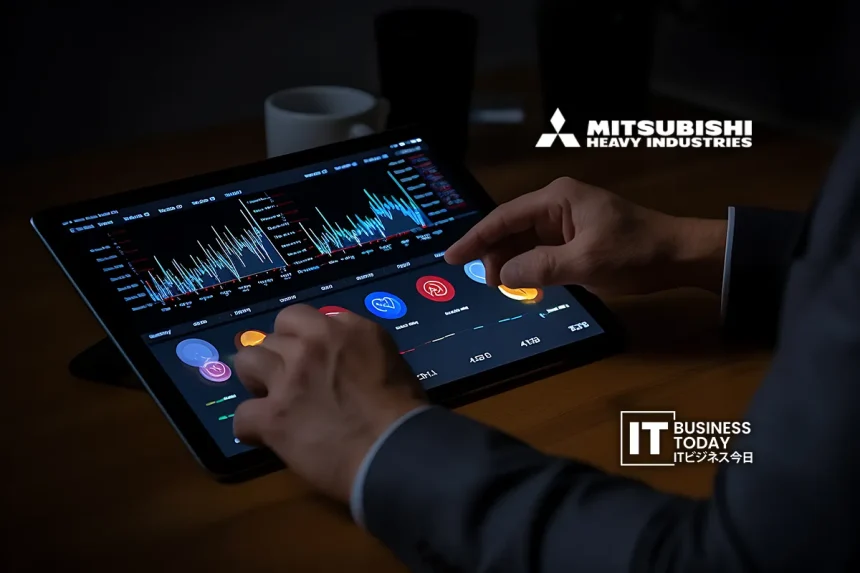Mitsubishi Heavy Industries has received an order from Hokkaido Electric Power Co., Inc. for the Front End Engineering Design (FEED) of a CO2 capture facility for Hokkaido Electric Power’s Tomato -atsuma Power Plant. The facility will capture 5,200 tons of CO2 per day from flue gas produced by combustion in the power plant’s boilers. In this FEED, the main equipment and specifications will be examined based on MHI’s CO2 capture technology, with a view to introducing the facility in the future . Once completed, the facility is expected to capture the largest amount of CO2 in Japan.
In response to a public tender for “design work related to advanced CCS (Note 1) projects” by the Japan Energy and Metals National Corporation (JOGMEC), Hokkaido Electric Power Co., Inc. and Idemitsu Kosan Co., Ltd. have been commissioned to carry out design work for the CCS project in the Tomakomai area of Hokkaido and have signed a contract (Note 2). Based on this contract, the CO2 captured at Hokkaido Electric Power Co., Inc.’s Tomakomai-atsuma Power Plant will be stored in a deep saline layer in the sea area of the Tomakomai area, with the goal of storing approximately 1.5 to 2 million tons of CO2 per year by 2030. The Tomakomai area is the first area in Japan to be designated a “designated area” by the Ministry of Economy, Trade and Industry under the CCS Business Act, and exploratory drilling is currently being considered.
Also Read: Leverages acquires Lighthouse as wholly owned subsidiary
Mitsubishi Heavy Industries Group has declared its intention to achieve carbon neutrality by 2040 ( MISSION NET ZERO ) and is strategically working towards decarbonization on both the energy demand and supply sides. One of the pillars of the “Energy Transition,” a decarbonization strategy on the energy supply side, is the construction of a CCUS (Note 3) value chain that connects a wide variety of CO2 emission sources with their storage and utilization. We will continue to strive to strengthen this pillar, vigorously promoting our CCUS business that utilizes our unique CO2 capture technology, while also contributing to the reduction of greenhouse gas emissions on a global scale as a solutions provider and further developing solutions that contribute to environmental protection.
SOURCE: MHI







